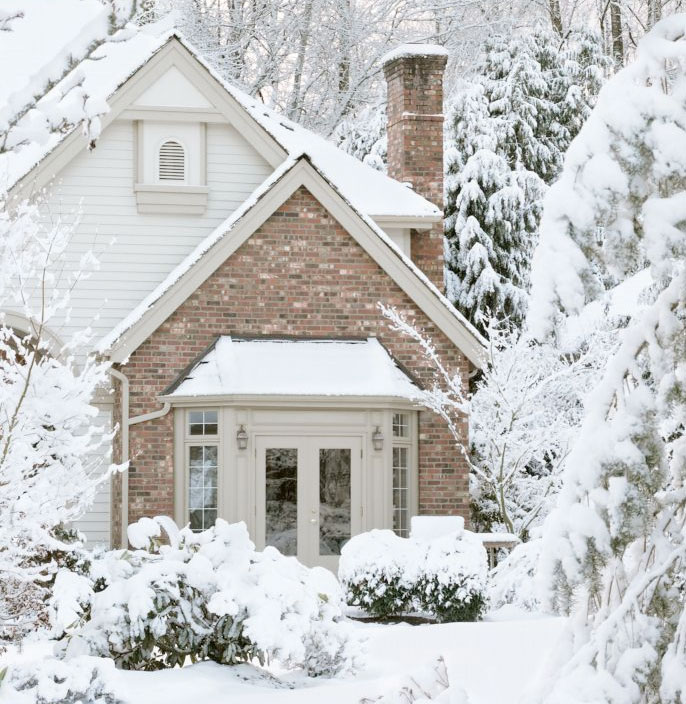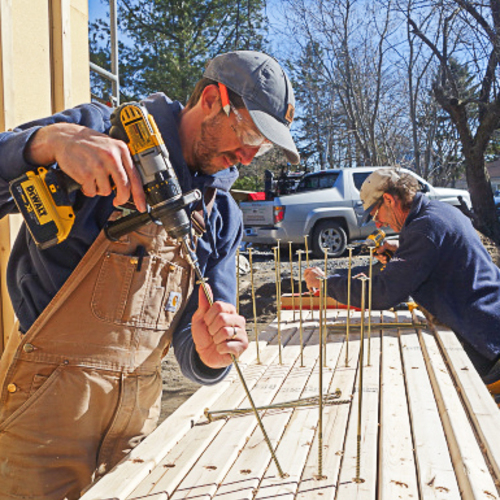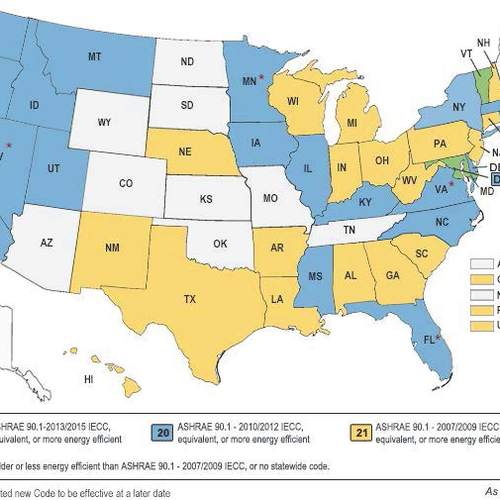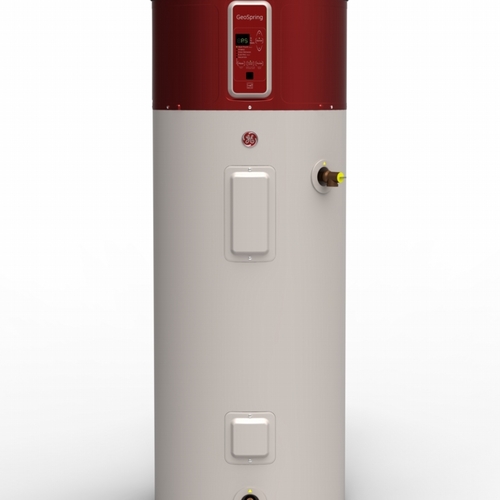
But summer has hardly started!
As we fire up the grill and hope that the rain will let up enough for us to enjoy summer, we should also remember that the days are now getting shorter, and in just a few months we’ll be firing up our heating systems again.
Now’s the time to think about how we can keep our heating costs down next winter. Here I’ll present a few of my top priorities in preparing for winter:
Get an energy audit. You might be wasting a lot of energy that you don’t even know about—due to inadequate insulation, leaky windows, hidden air leakage pathways, and other problems. An energy auditor will likely use a “blower door” to measure how tight your house is. He or she may also peer into wall cavities, inspect your attic, and test your heating system’s efficiency. For a typical house, expect to spend about $500 for a good, independent energy audit. You’ll end up with detailed information on how your house measures up and a list of recommended actions you can take. For low-income homeowners, subsidized energy auditing and weatherization services are available; in the Brattleboro area, contact SEVCA (Southeastern Vermont Community Action) in Westminster (800-464-9951 or 802-722-4575; www.sevca.org). More on energy audits.
Weatherize your house. Among the outcomes of an energy audit are recommendations for weatherization. These are relatively easy improvements to reduce air leakage through the house envelope. Common measures include sealing off any large gaps or holes using foam sealant or construction materials (start with big holes that cats can squeeze through—you’d be surprised!), caulking cracks (the weatherization contractor usually has to have the blower door operating to identify these leakage sites), fixing old windows, and adding insulation in places where it was inadvertently left out. Not only will weatherization save money, it will make your house a lot more comfortable by reducing cold drafts.
Get your heating system tuned up. An oil-fired boiler or furnace should be thoroughly cleaned and tuned up at least once a year. Gas-fired equipment is cleaner-burning, so the burner can go a little longer before servicing, but an annual inspection is still a good idea for safety reasons. If you have an oil or gas furnace, which heats air for distribution through warm-air ducts, replacing filters should be done at least twice a year—more often if you’re in a dusty area and they become clogged. When your heating system is being serviced, ask if it would make sense to downsize the nozzle on the burner—that’s often an easy way to improve the performance and reduce fuel use.
Install a programmable thermostat. This can reduce your heating costs 10% or more. Proper use of a programmable thermostat saves energy by helping you set back the temperature at night and during periods of time when you’re not home. A general rule of thumb is that for every degree Fahrenheit you set back the house temperature you save 2% on your energy consumption for heating. So, for example, if you decrease your house temperature 15°F for a third of each 24-hour period (eight hours at night), you could save about 10% of your heating costs (15 x 2 ÷ 3). If you set back the temperature farther, or do so for a longer period of time each day (such as during the daytime when you’re at work as well as at night), your savings can be greater. A programmable thermostat helps you do that easily and conveniently. More on programmable thermostats.
Install storm windows. If your prime windows are in pretty good shape and don’t need to be replaced, consider installing storm windows. These will add another insulating layer and can significantly reduce heat loss and drafts. Look for storm windows with low-emissivity (low-e) glass; these aren’t common yet, but they should be. Indeed, the standard “triple-track” storm window is in desperate need of reinvention, with not only the addition of low-e glass, but also tighter construction and a frame material such as fiberglass rather than aluminum to reduce “thermal bridging.” There are also some interior storm panels that do a pretty good job.
Weekly Newsletter
Get building science and energy efficiency advice, plus special offers, in your inbox.















2 Comments
Are you sure?
Assuming it were true that you saved about 2% per degree of setback.....
That might hold true if you setback the thermostat and left it alone.
What about the thermal mass of the house and all the contents?
Don't you have to heat them back up again?
And won't those surfaces get colder and contribute to discomfort?
Interior storm panels?
Be cautious with interior storm panels...
They will reduce the temperature of the micro-climate near the window and may increase condensation.
Log in or create an account to post a comment.
Sign up Log in